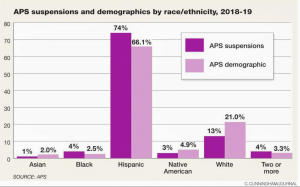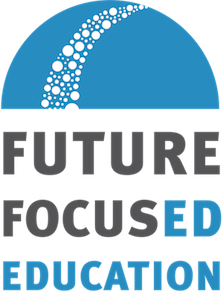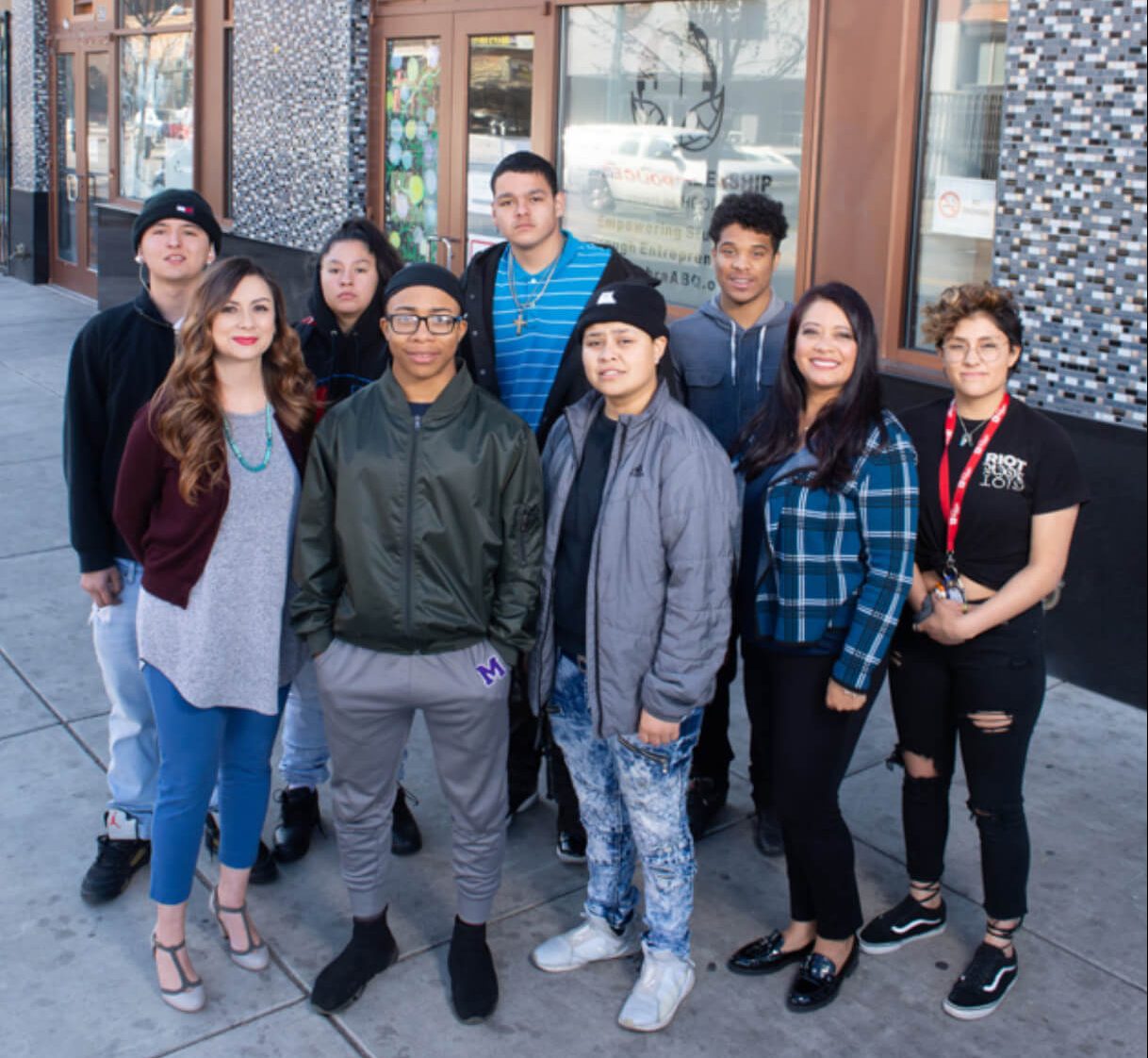Now Is the Time to Put Equity Into Action
Yes, we know about the landmark 2018 Yazzie/Martinez v. the State of New Mexico that says we aren’t doing enough for our kids. Especially kids of color. Especially kids living in poverty. Especially kids with diverse cultural backgrounds. Especially kids that speak any of the beautiful languages native to New Mexico and otherwise. Especially kids with special education needs. And now, during COVID-19 these inequities are only worsening.
Are we surprised by this ruling? We know the outcomes in New Mexico regarding child welfare, poverty, education and (un)employment. Please, let’s not act surprised.
How Equity Councils Can Help or Hurt
So now what? The Yazzie/Martinez case tasked us with rethinking education. And we have been mandated by the New Mexico Public Education Department to hold equity councils to initiate meaningful deeper learning equity.
As these statewide equity councils roll out, some are looking at equity practice as just another compliance box to check. Some educators and administrators think the councils are taking away from their work. This is disheartening because this is the work.
[Please read the article by parent advocate Songtree Pioche, who speaks of her urgent need to be heard.]
But here is the good news. Being a social work clinician, I’m excited to see that we are starting with our strengths. Schools are asked to do an asset assessment on what is working in their equity practices, and look to deepen them. Schools are asked to develop councils that represent community, relying on local wisdom to inform school practice.
Especially now, in these uncertain times of COVID-19, we have the chance to completely rethink and restructure our systems. Now is the time to listen, to respond, to retool. If we take the time to hear the insights and needs from our most vulnerable communities, then we will have the knowledge needed to build an equitable education system.
Now that we’re forced outside the walls of our school buildings, we can engage in out-of-the-box thinking that finds real solutions to the entrenched inequities our students experience.
What is Equity?
In social work practice we talk about starting where the client is and honoring them as the expert. Our students, families and community can define what equity looks like for them, and continue to develop the definition together.
I can certainly share what deeper learning equity is not. Deeper learning equity is not a policy issue…and it’s not a funding issue. Deeper learning equity is a student-centered social justice issue.
Here’s what deeper learning equity looks like at Siembra, a Leadership Schools Network school: Leadership schools were designed through a social determinants of education framework. We acknowledge that schools do not stand alone, but rather connect to much larger systems to develop a prosperous community. Every school in the network is rooted in project-based learning, student support, and community engagement—these three pillars are the basis for student learning.
Siembra’s industry focus is on entrepreneurship and economic development. We intentionally serve young people that were not thriving in traditional settings. 70% percent of our students are behind on high school credits or have dropped out at least once upon their enrollment at Siembra. This also means that we are a predominantly minority serving institution. This is represented in our student demographics as follows: 77% Latino students, 14% Black students and 8% Native American students. We serve exactly the students called out in the Yazzie/Martinez case.
As we examine data on suspensions from Albuquerque Public Schools from 2018-2019 we can see the trends. In-school and out-of-school suspensions are increasing every year. Latino students and Black students are disproportionately represented in those suspensions. Siembra works to address these complex equity issues. We see students shine when given opportunities to authentically engage in real-world projects with intensive social and emotional supports. Any Siembra student will tell you that school feels like family. Any Siembra staff will tell you the most important piece of our work is building relationships.
Siembra works to address these complex equity issues. We see students shine when given opportunities to authentically engage in real-world projects with intensive social and emotional supports. Any Siembra student will tell you that school feels like family. Any Siembra staff will tell you the most important piece of our work is building relationships.
Equity Leadership at Siembra
Here’s an example on how Siembra students got involved in the larger equity conversation. We did a schoolwide Equity in Education project. We partnered with the legal team from the New Mexico Center on Law and Poverty—the folks that represented the Yazzie and Martinez families. They had told us the case didn’t have enough student voice, student awareness, and student understanding. This was problematic as the case is ultimately about students.
For their Equity in Education projects, students delivered their personal stories and campaigns of ways to address areas of concern from the case. We also invited Kara Bobroff, the Deputy Secretary of Identity, Equity and Education, and Transformation at NMPED to be a guest speaker and have an open conversation with our students. It was so powerful. We then invited everyone in the community to come and support Siembra students at their public exhibition for the project.
In addition to our project example, other equity work at Siembra includes weekly equity council workgroup convenings, professional development with staff on equity, and courageous conversations on race, systems, and oppression.
We should not have to wait until families feel so underserved and with nowhere else to turn but a court system for answers to do something. Further, we should not be waiting until the state mandates culturally-competent practices to better serve our kids. We know better. Come on now.
We still have a lot to do and our kids deserve better. I’m really hoping New Mexico can take charge by coming together to lead this much needed equity work.
Jaqlyn Renee Baldwin, LCSW, MBA, is Executive Director of Siembra Leadership High School, a Deeper Learning Equity Fellow with Big Picture Learning, and an adjunct professor at the NMHU Facundo Valdez School of Social Work.



Comments
Thank you for sharing how Siembra’s staff believes that building relationships is key. Another powerful not is that student input is vital and your staff takes time to listen to the students concern. These types of charter schools are essential in our communities being that they serve the population of students that traditional schools can’t service. Keep up the great work and I look at reading other articles from Siembra.